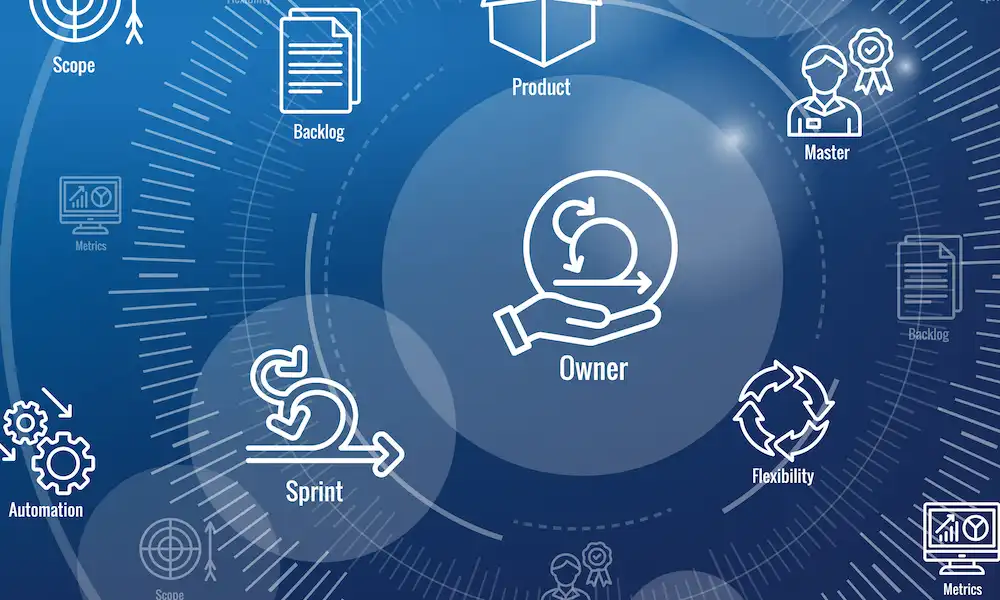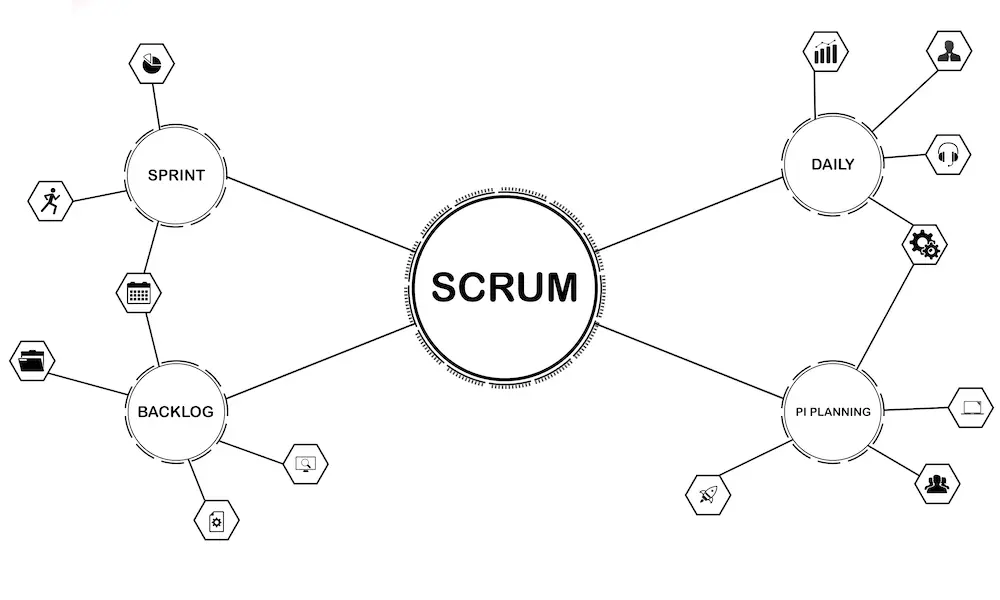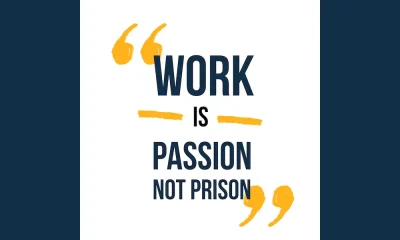Management
Agile Process Improvement: Adapting to Changing Environments

Agile principles were initially developed for software development. However, organizations use them today to enhance processes and drive improvement.
By embracing Agile principles, organizations are equipped with the necessary tools to swiftly adapt to and respond to the business world’s constant changes and demands.
This article examines how Agile principles have been implemented in process improvement and outlines the steps businesses must take to incorporate them.
Agile Principles In Process Improvement
Organizations use Agile principles in software development and many other domains for process improvement.
Agile methodology empowers businesses to enhance their processes for responding to and implementing change, enabling them to become more customer-centric and efficient.
Customer-Centric Focus
Businesses know success comes from understanding and responding to customer needs. Therefore, they strive to be customer-centric, placing the customer at the center of all business decisions and activities.
With Agile process improvement, organizations identify and prioritize improvements based on customer requirements and feedback, ensuring that changes align with customer expectations.
Continuous Feedback
Using Agile principles, regular feedback loops are established in process improvement initiatives. The organization’s teams collect feedback from stakeholders, customers, and end-users. They then use the feedback to refine and adjust processes, ensuring that adjustments are made based on real-world results and needs.
Embracing Incremental Changes
Did you know that with Agile, business values respond to change over following a plan? In process improvement, organizations understand that change is inevitable and embrace a mindset that allows for adjustments and refinements as needed.
Additionally, organizations apply Agile principles by adopting an iterative and incremental approach instead of making significant, infrequent process updates. They make minor, frequent process improvements, allowing for faster feedback and adaptation.
Mastering Agile Process Improvement: Essential Steps
The starting point for implementing Agile process improvement is ensuring the key stakeholders and teams understand the Agile principles. These principles include values such as customer collaboration, responding to change, and regularly delivering working solutions.
Additionally, Agile transformations often require changes in mindset and culture, and having support from leadership is crucial.
Assessment and Readiness
A business must first recognize and define the processes it wishes to improve, along with its objectives.
The business needs to identify strengths and weaknesses in existing processes, structures, and culture, including how they work, who is responsible for them, and how they impact the business. Understanding these processes that will use Agile principles is critical; the company needs to document everything it knows about them.
Now you know what you have with the existing processes, the next step is outlining what you want to achieve with improvements. Then, key performance indicators (KPIs) will be created to measure the success of Agile implementation.
Create Teams
To complete this task, you may want to create Agile teams and organize them into small, cross-functional groups empowered to make decisions. These teams should include members with diverse skills necessary for project completion.
Working together, all team members will collaborate on defining the goals and scope of each process improvement project.
Complete A Process Analysis
Process analysis should start when defining scope and goals and extend beyond that. A thorough analysis should also help identify areas of improvement by first helping the team understand the process.
Team leaders can transfer knowledge about different processes using tools like a service blueprint template, flowchart, process mapping template, or user flow template. All these tools help the team visualize different processes so they can break them apart to identify redundancies, inefficiencies, and bottlenecks.
Prioritize The Necessary Improvements
Once the team has identified potential issues, it should start working on improvements and solutions. When doing so, it can work on identifying those that would significantly impact the outcomes the team has outlined for this process and the results it wants to see.
The team should also prioritize improvements based on feasibility and required resources. If the upgrades cannot be made at that time due to their potential impact on the process or business, it is best to shelve them until the appropriate time. The same applies to their required resources.
Some changes might be too expensive or require the human resources that the business lacks. If the changes are feasible and the resources are available, the team can start working on improvements.
Choose an Agile Framework
Teams can choose from several agile frameworks when improving different processes. Although they work slightly differently, they all provide frameworks for continuous iteration and improvements while allowing your team to respond quickly to changes. Choose an Agile framework that’s ideal for process improvement.
Scrum

Scrum remains the most popular agile framework and is recommended for most teams. It consists of daily stand-up meetings, retrospectives, and sprints, all of which are designed to ensure the team aligns with and handles projects according to agile principles.
Scrum is also great for organizing projects, tracking progress, and ensuring all team members can view all project parts. This can foster collaboration, making it even easier for the business to respond to changes.
Clearly define the roles and responsibilities of team members, Scrum Masters, Product Owners, and other stakeholders. Each role should understand their contribution to the Agile process.
Kanban
This Agile framework is a visual management method derived from lean manufacturing. It’s ideal for continuous delivery and encourages teams to visualize their workflow on the Kanban board.
Kanban’s principles include limiting work in progress (WIP) and optimizing flow. Its metrics have cycle time, lead time, and WIP limits.
Other Agile Frameworks
Knowing that Agile has roots in software development, many Agile frameworks fit this purpose, including Extreme Programming (XP), Lean Software Development, and Feature-Driven Development (FDD).
Implementing Changes and Review Cycles
Teams can effectively manage their work by incorporating regular planning and review cycles, known as iterations or sprints. These cycles enable them to break down their tasks into shorter timeframes, typically lasting two to four weeks.
After completing each cycle, the team can reflect on their progress, make necessary adjustments, and continue moving forward. You must regularly track progress against the KPI metrics and adjust strategies accordingly.
If you choose Scrum, you should divide your project into sprints that last two to four weeks. These sprints allow you to implement changes quickly and test the outcome. Each should have a specific set of goals the team works toward, indicating it has implemented the required changes.
Success and Feedback
Celebrate achievements and milestones. This is more for your team than you. Positive reinforcement is crucial in reinforcing the Agile mindset and motivating teams to eagerly embrace the changes.
Conclusion
Agile has become popular as more businesses realize its usefulness outside software development. Companies must adapt to changing customer expectations and feedback.
With Agile for process improvement, businesses can evolve and implement changes incrementally and quickly. Increase customer lifetime value, maintain a strong brand reputation, and manage costs for sustained success.






